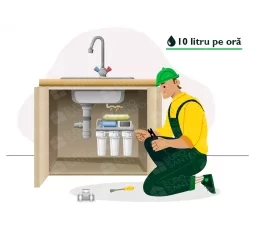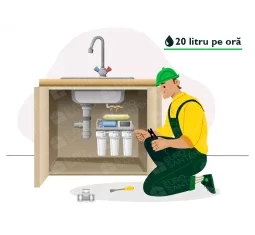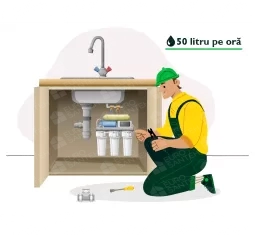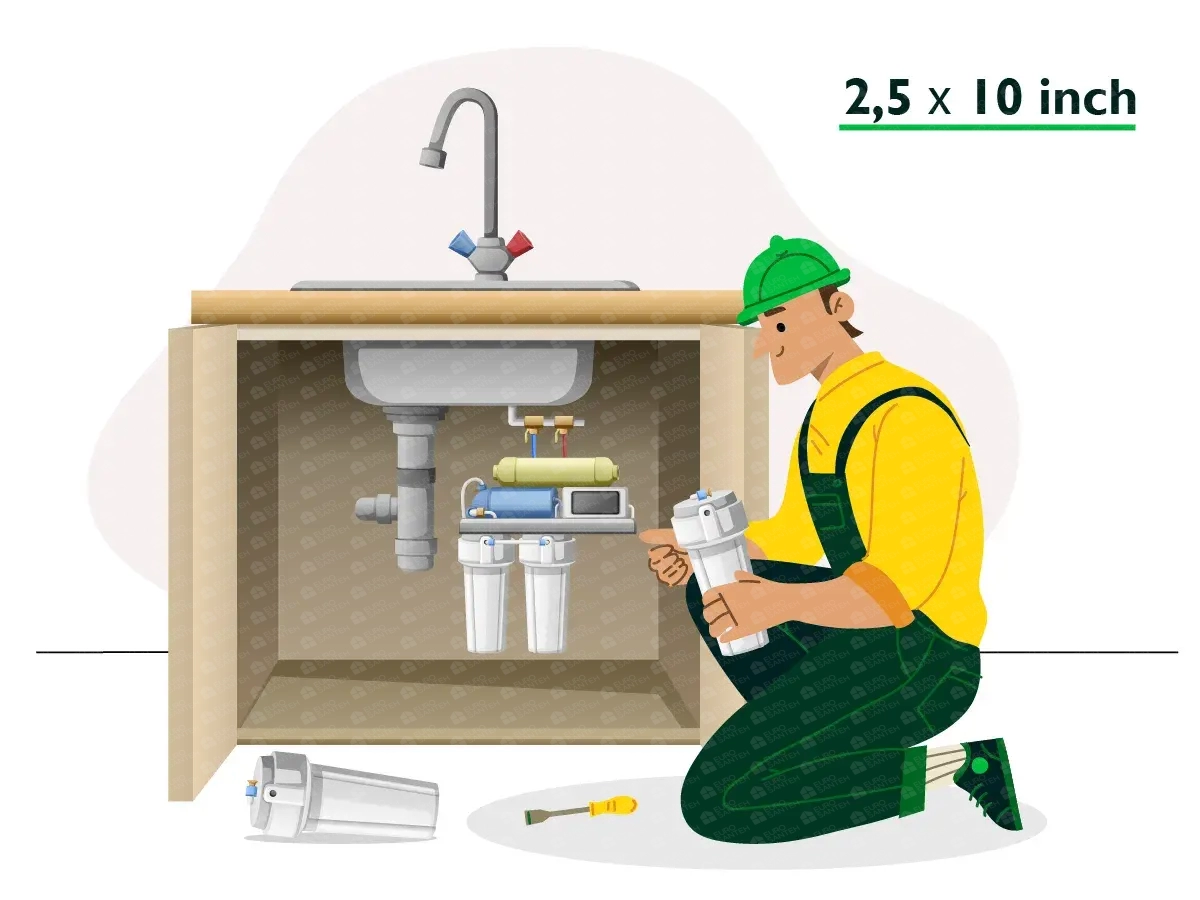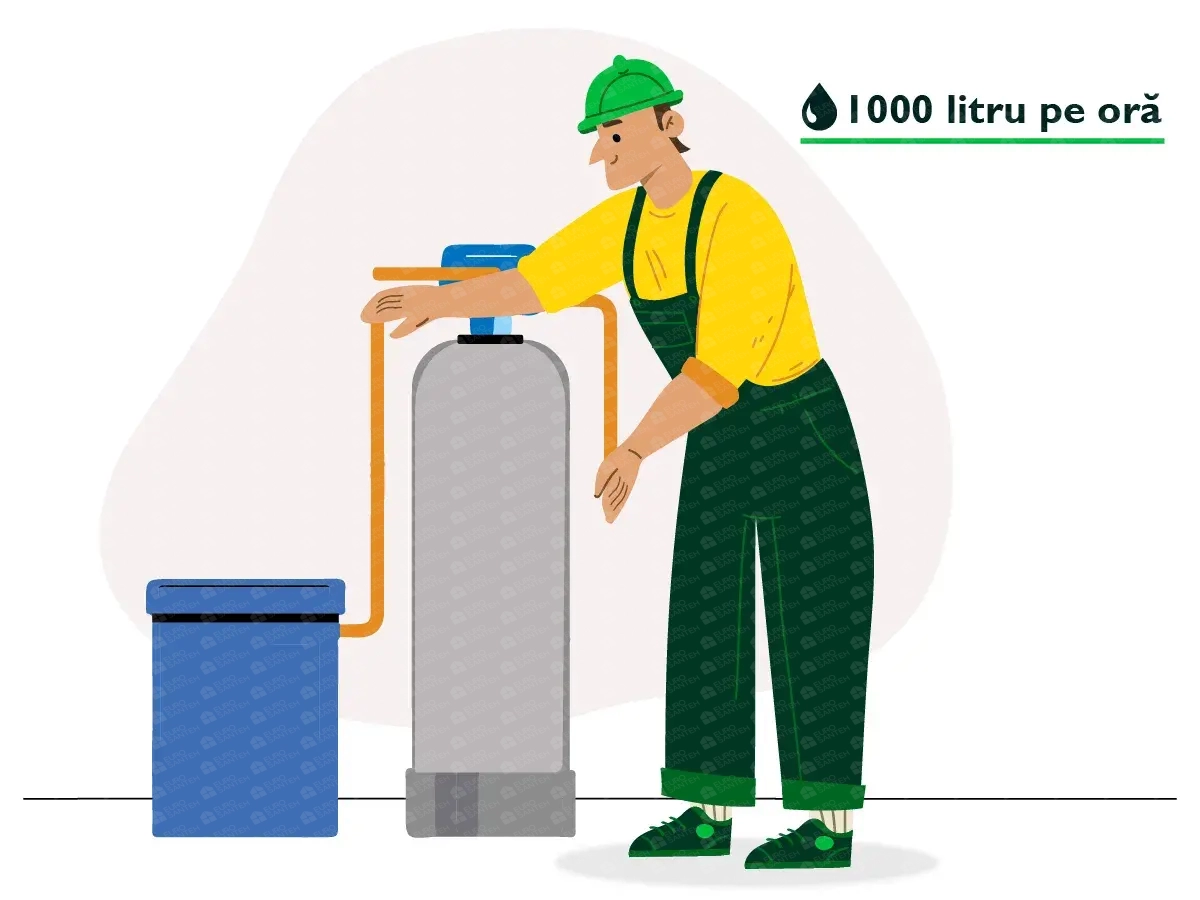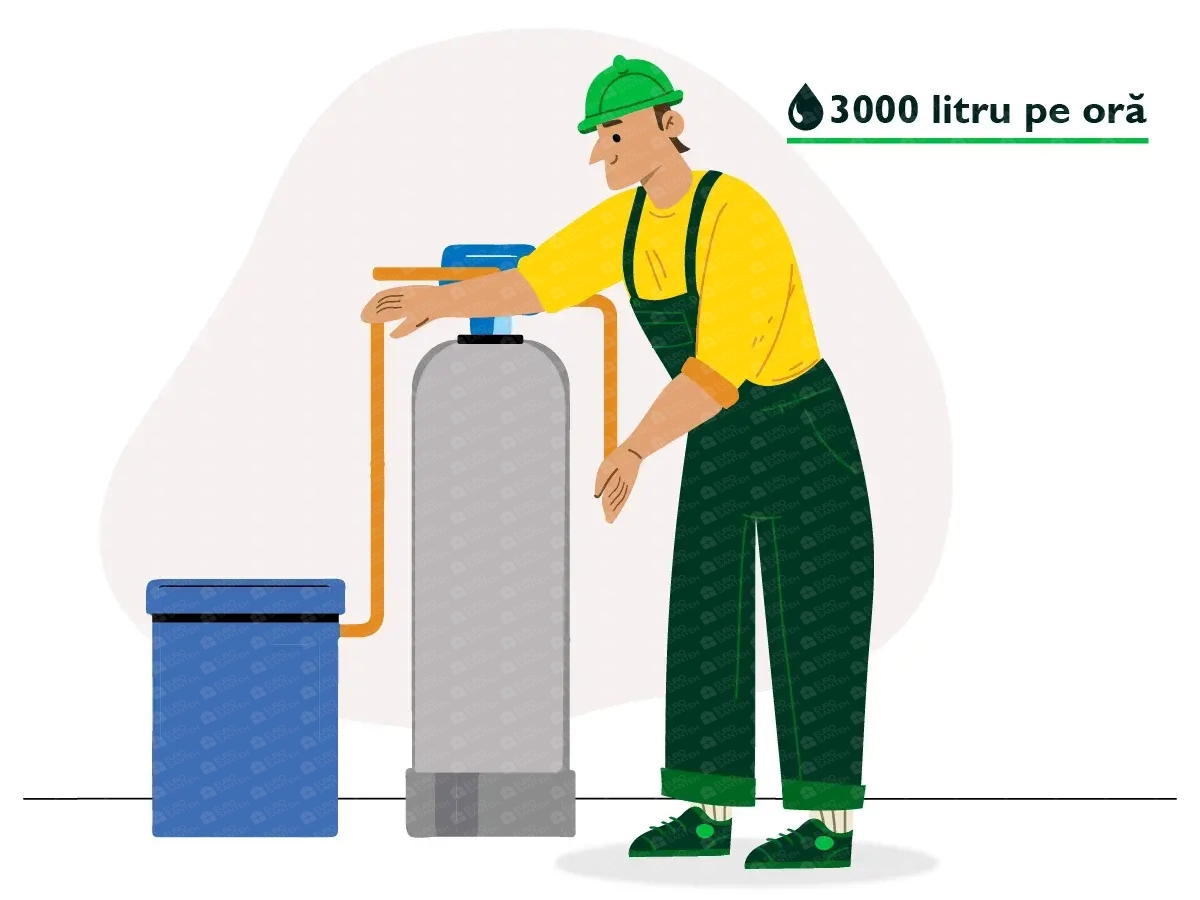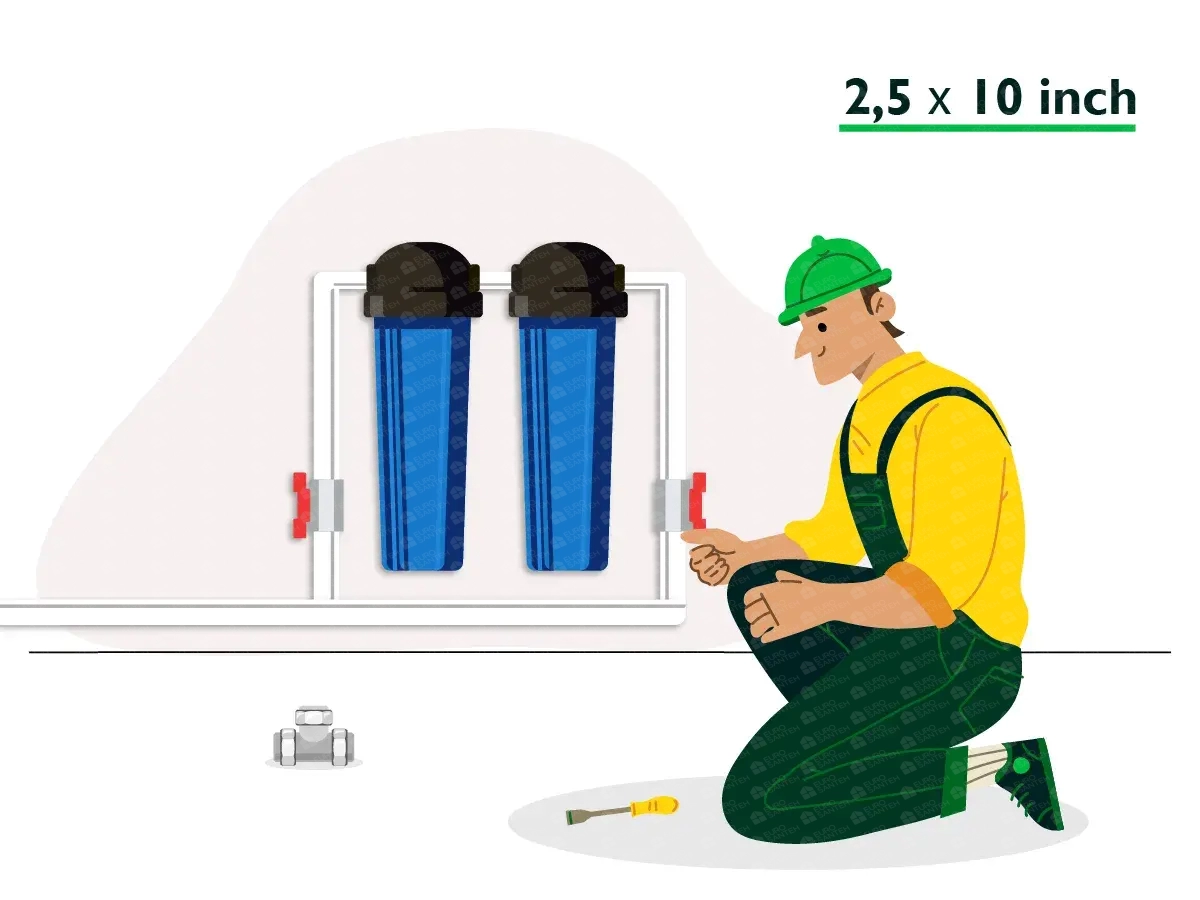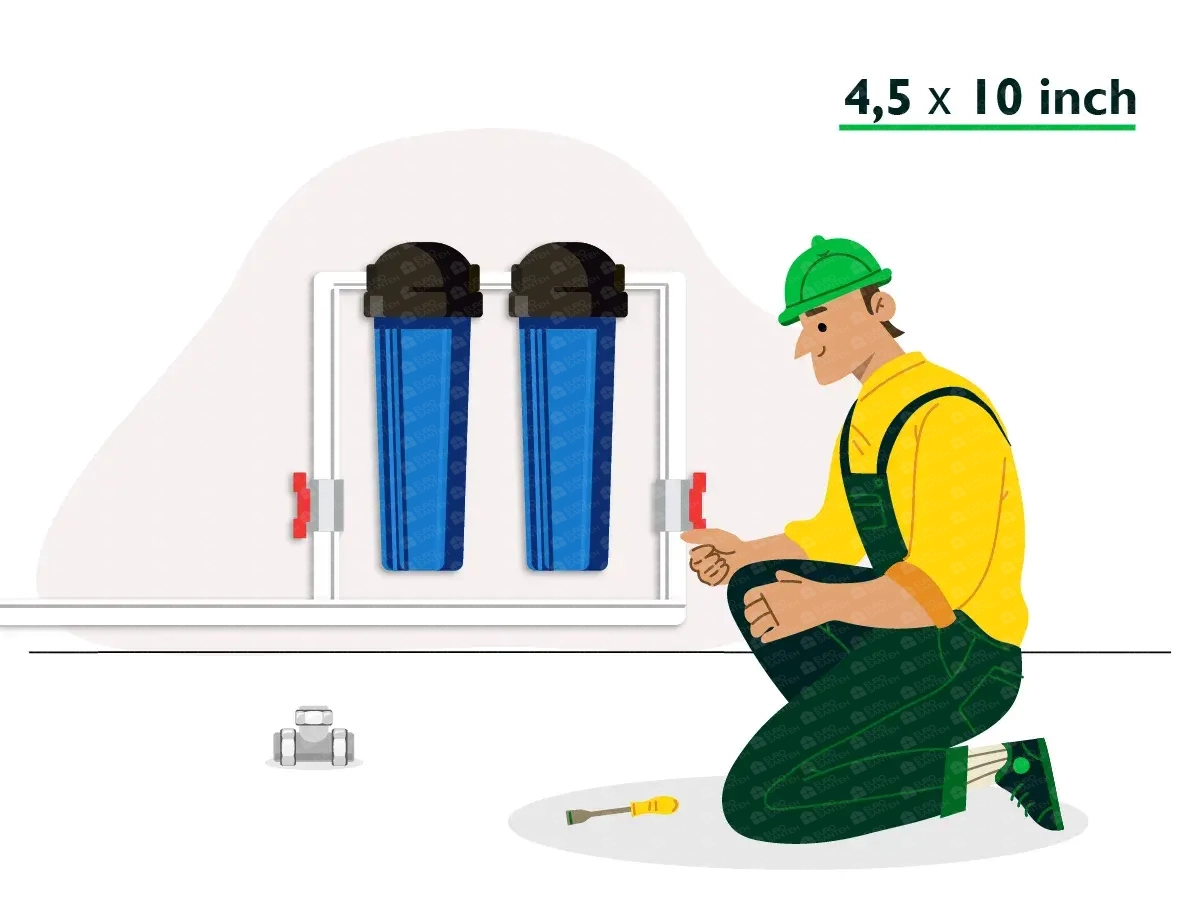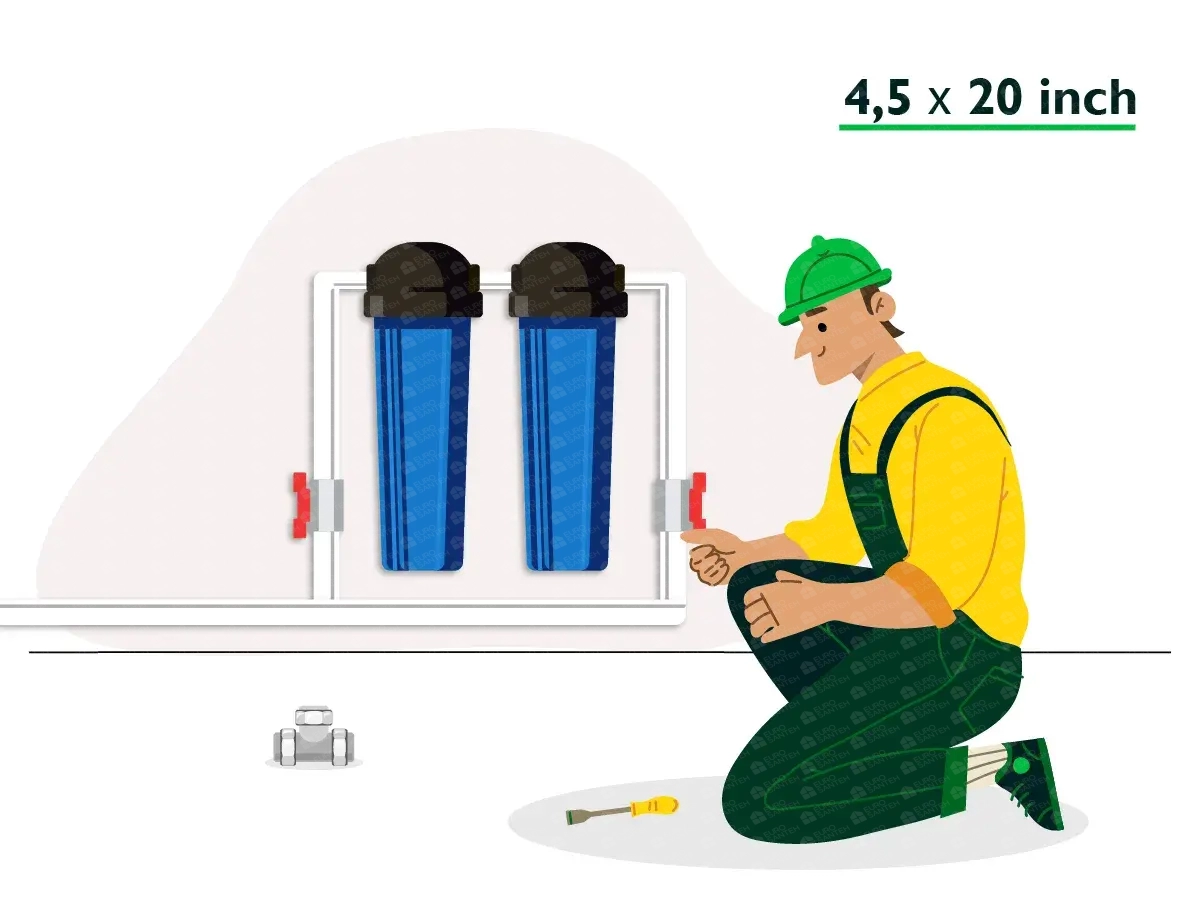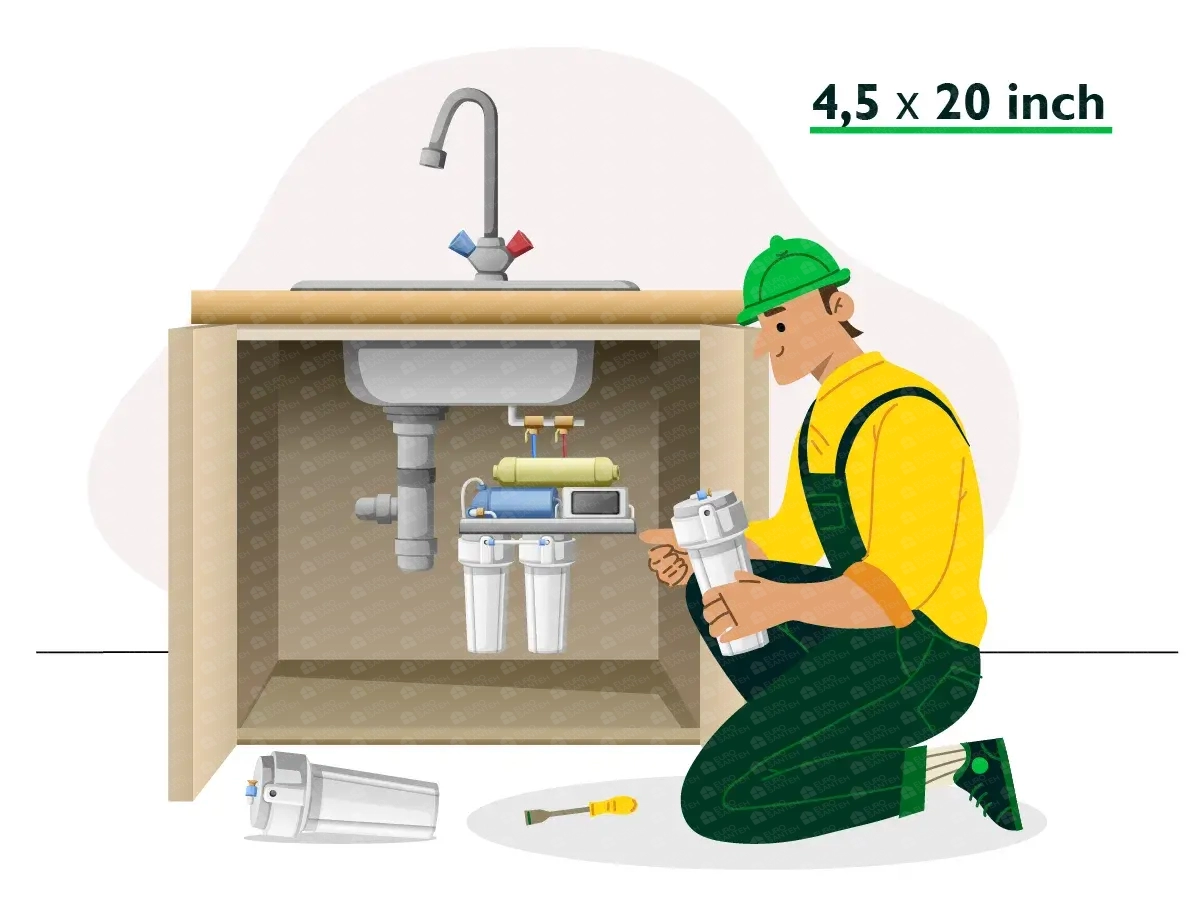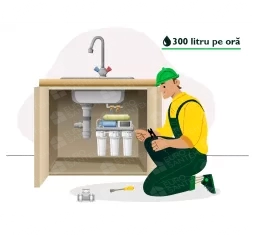Installation of water filtration systems
The installation of water filtration systems is a fundamental step towards providing households and businesses with access to clean and safe drinking water. In this comprehensive guide, we will explore the key stages of installing water filtration systems, the myriad benefits they bring, and practical recommendations to maintain their efficiency over time.
Key Stages of Water Filtration System Installation:
Water Quality Assessment: The installation process begins with a thorough assessment of the water quality. This includes testing for contaminants such as sediments, minerals, bacteria, and other impurities that may affect the water supply.
System Selection: Based on the water quality assessment, the appropriate water filtration system is selected. Different systems, including activated carbon filters, reverse osmosis systems, and UV purifiers, address specific contaminants and serve different purposes.
Design and Planning: A detailed design and plan are developed, considering factors such as water flow rates, pressure requirements, and the specific contaminants present. This step ensures that the chosen system aligns with the unique needs of the property.
Location Determination: The optimal location for installing the water filtration system is identified. This may include under-sink installations for point-of-use systems or dedicated rooms for larger, whole-house filtration systems.
Piping and Connection: High-quality pipes and connectors are used to integrate the filtration system into the existing plumbing. Proper connection ensures seamless water flow and minimal pressure loss.
Electrical Integration (if applicable): Certain advanced water filtration systems, such as those using UV purification or electronic monitoring, may require electrical integration. This step includes connecting the system to a power source and configuring any electronic components.
Testing and Calibration: Once installed, the system undergoes rigorous testing to ensure that it effectively removes contaminants. Calibration is performed to optimize performance and make any necessary adjustments.
Educating Users: Residents or users of the property are educated on the proper use and maintenance of the water filtration system. This includes understanding filter replacement schedules and recognizing signs of potential issues.
Benefits of Water Filtration System Installation:
Access to Clean Drinking Water: Perhaps the most significant benefit is the assurance of clean and safe drinking water for households and businesses.
Health Protection: Water filtration systems remove harmful contaminants, protecting the health of individuals by reducing the risk of waterborne diseases.
Improved Taste and Odor: Filtration systems enhance the taste and odor of water by removing impurities that contribute to unpleasant flavors and smells.
Reduced Environmental Impact: By opting for filtered tap water over bottled water, individuals contribute to reducing plastic waste and the environmental impact of water bottle production.
Protects Plumbing and Appliances: Filtration systems prevent sediments and minerals from depositing in pipes and appliances, prolonging their lifespan and reducing the need for repairs.
Maintenance Tips:
Regular Filter Replacement: Follow the manufacturer's recommendations for replacing filters at the specified intervals to maintain optimal filtration efficiency.
System Flushing: Periodically flush the system to remove any accumulated sediments or debris and maintain proper water flow.
Professional Servicing: Schedule professional servicing annually to ensure that all components are functioning correctly and to address any potential issues.
Conclusion:
The installation of water filtration systems is a proactive step towards ensuring a reliable supply of clean and safe water. By following proper installation procedures and conducting regular maintenance, property owners can enjoy the numerous benefits of having a reliable water filtration system in place, contributing to the health and well-being of residents and the overall sustainability of water resources.
